Olympic National Park is a natural gem in the Pacific Northwest, known for its diverse landscapes, ranging from temperate rainforests to rugged coastlines and alpine meadows. As you plan your visit to this pristine wilderness, understanding Olympic National Park’s weather is crucial for a successful trip. We’ve compiled a list of frequently asked questions (FAQs) to help you navigate the park’s ever-changing climate and conditions.
What’s the best time to visit Olympic National Park?
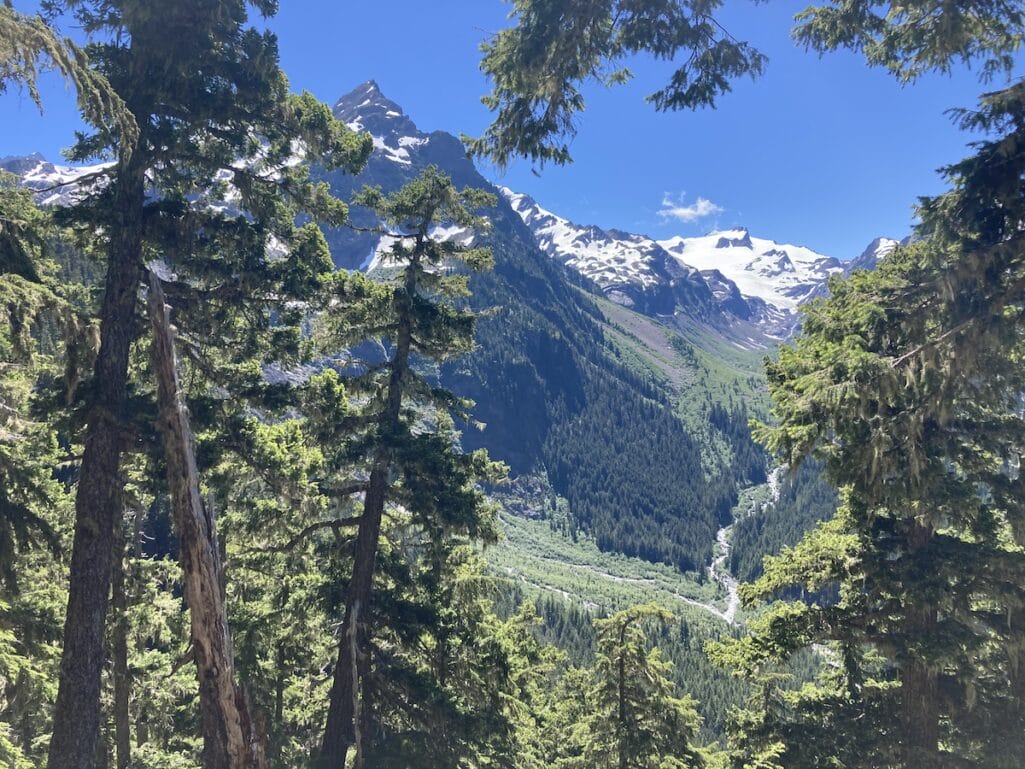
The best time to visit the park largely depends on your preferences. Summer (June to September) is the most popular time, with warm temperatures and clear skies. However, spring and fall offer milder weather and fewer crowds. If you love snow and winter sports, consider a visit from December to February. Refer to our blog on the best time to visit for our recommendations!
How’s the weather in the coastal region?

The coastal area of Olympic National Park experiences a temperate maritime climate. Expect cool, wet winters and mild, dry summers. Rain is common throughout the year, so come prepared with rain gear when visiting coastal rainforests like the Hoh or Quinault.
What’s the climate like in the rainforests?
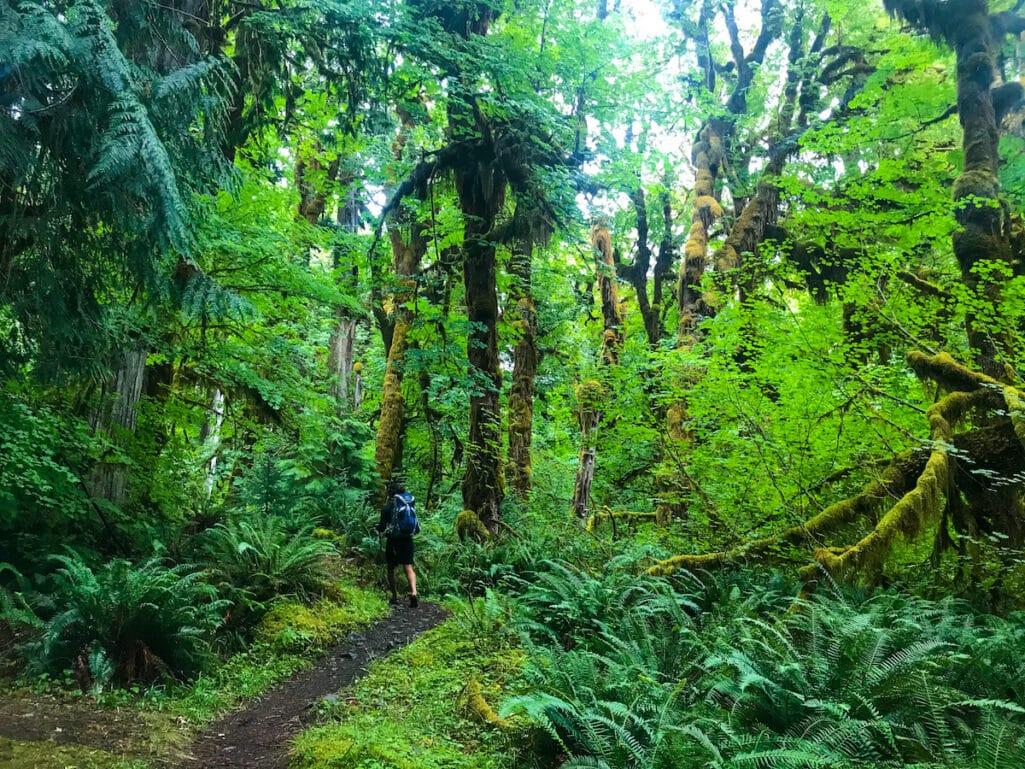
The Hoh Rainforest is one of the wettest places in the continental United States, receiving an average of 140-170 inches of rain annually. Winters are especially wet, so plan accordingly. Summers are pleasant, with temperatures ranging from 50°F to 70°F.
How about the lowland forests?
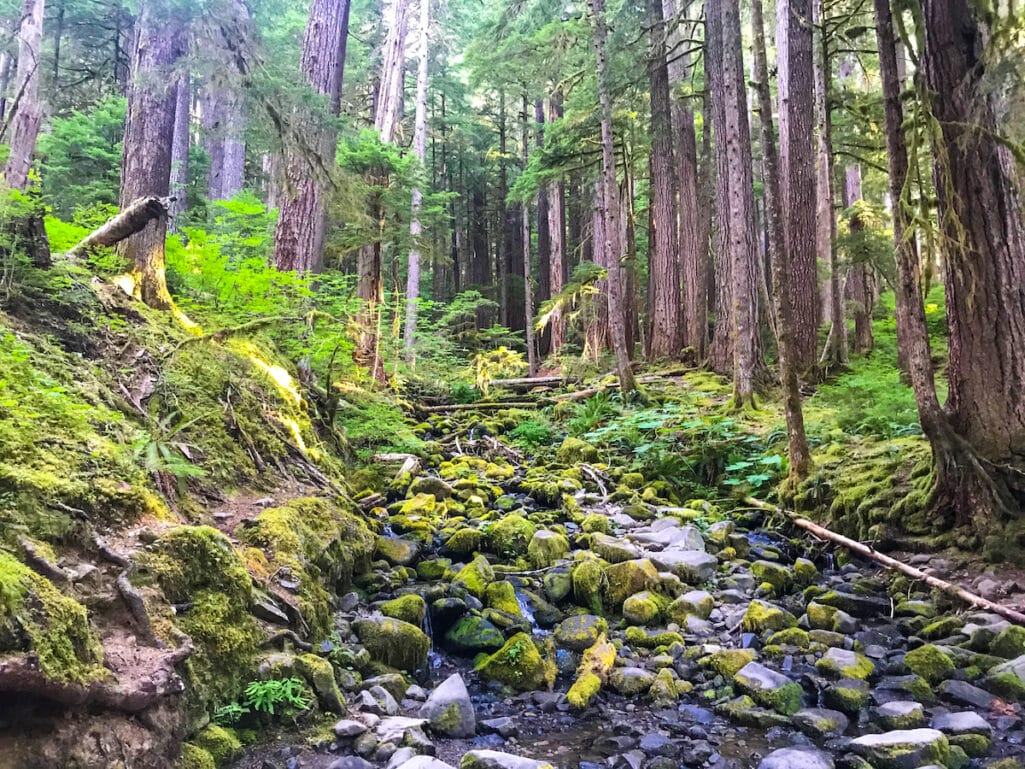
The lowland forests of Olympic National Park experience milder conditions compared to the coast or alpine regions. Winters are damp and cool, while summers are warm and dry, with temperatures ranging from 60°F to 80°F. It’s an ideal time for hiking and camping.
What’s the alpine climate like?
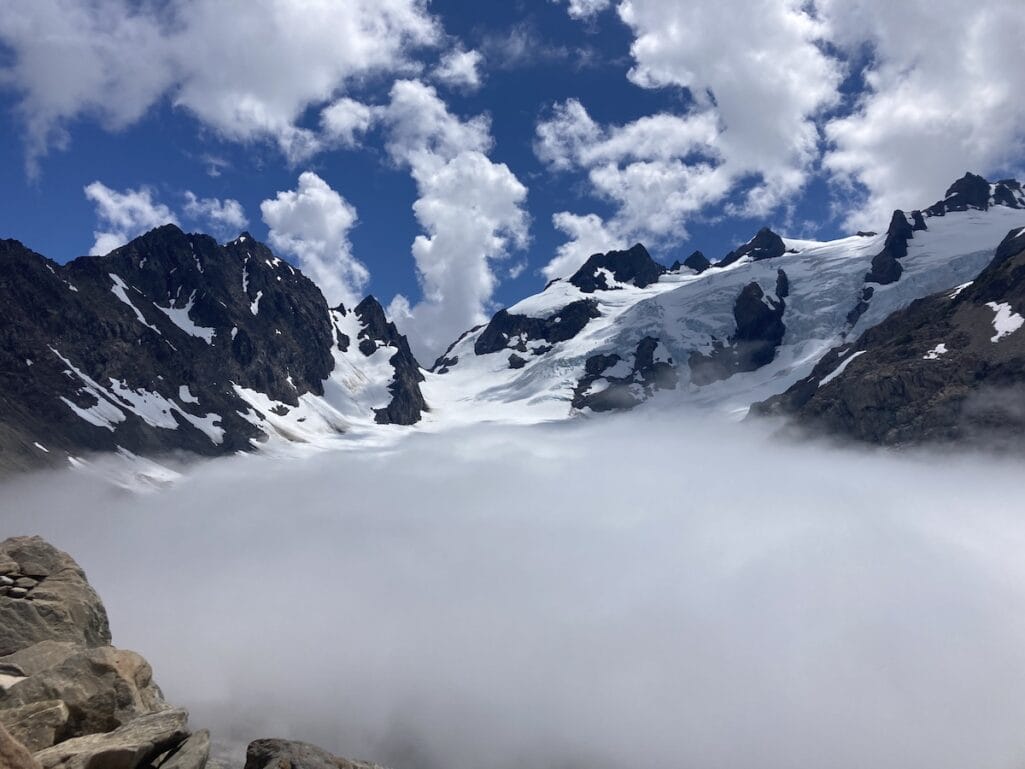
The park’s subalpine and alpine regions, like Hurricane Ridge, are cooler due to their elevation. Snow often covers the trails from October through June. Summers are short, but the weather can be pleasant, with temperatures between 40°F to 60°F. Be prepared for rapid weather changes, even in the summer.
Are there wildfires in Olympic National Park?
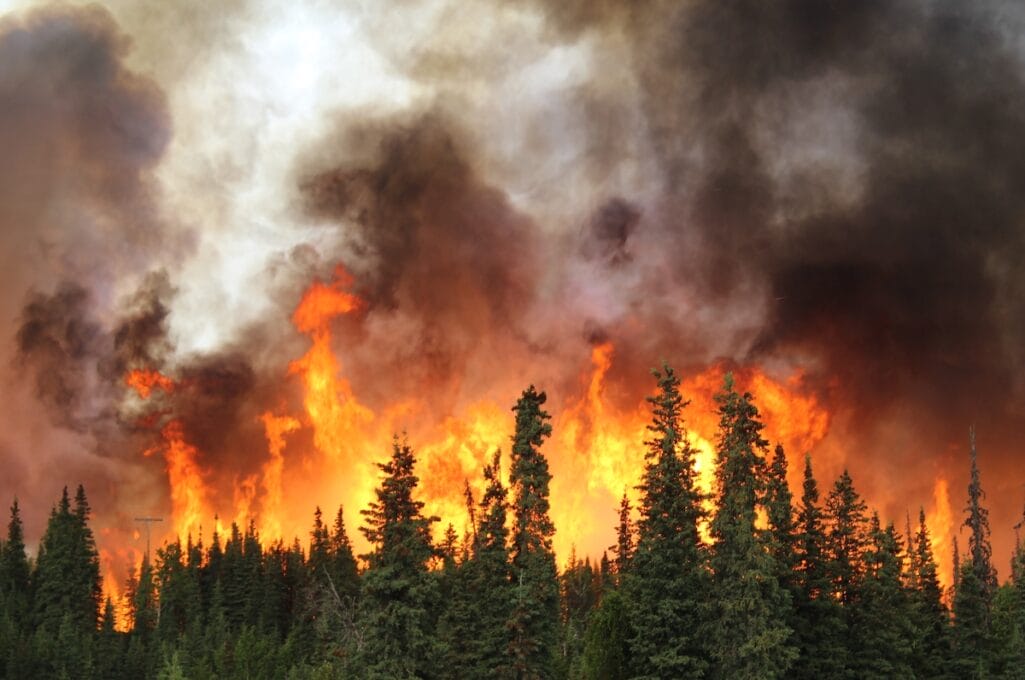
Wildfire is an unfortunate reality of our dry summer months as the seasons get drier. Check for any active wildfire alerts before your visit and follow park regulations regarding campfires and fire safety.
What gear should I pack for a visit?
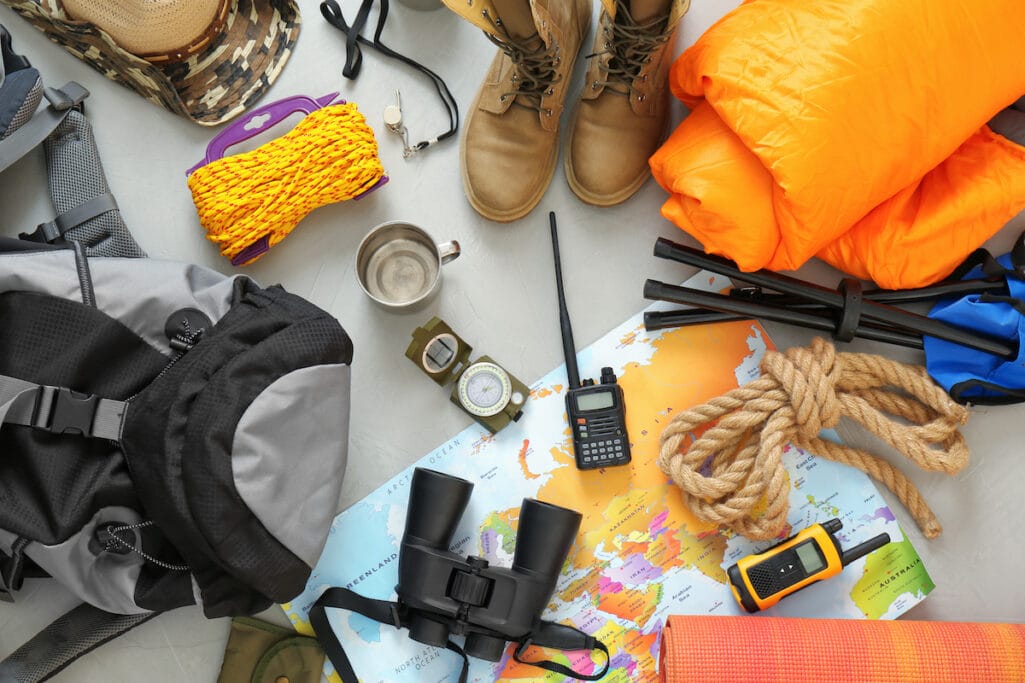
Your packing list will vary based on the season and region you plan to explore. Pack layers for unpredictable weather, rain gear, sturdy footwear, and bear canisters for food storage in backcountry areas. Check the park’s website for specific recommendations.
Can I camp year-round in Olympic National Park?
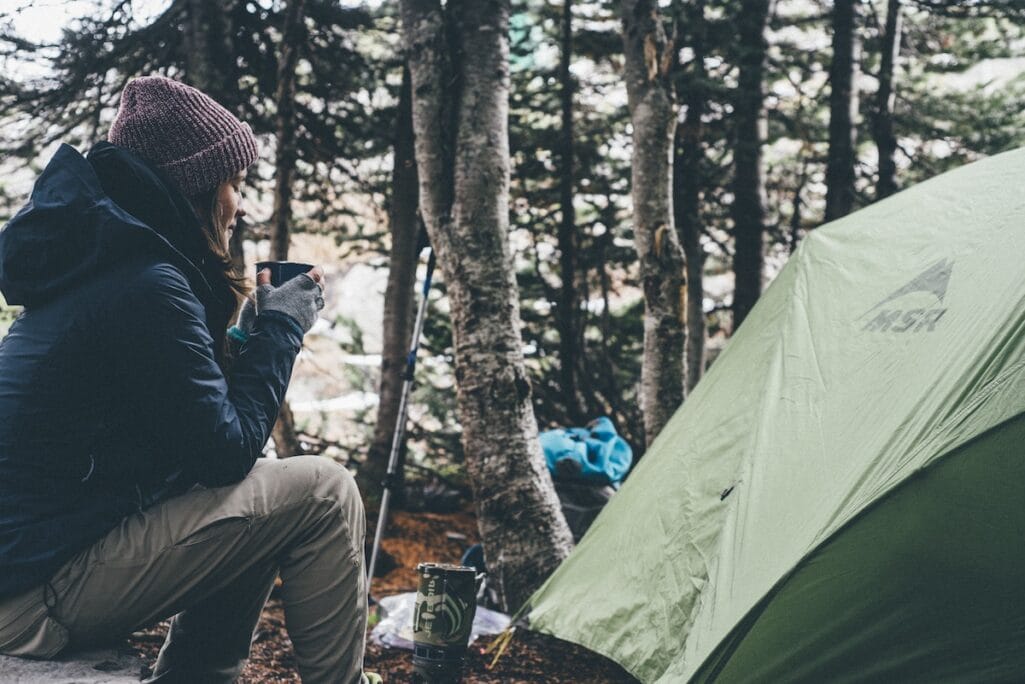
Camping opportunities vary by season and location. Most campgrounds are open from late spring to early fall. During the winter, some campgrounds in the lowland forests may remain open, while many high-elevation campgrounds are closed. However, if you are open to braving the seasons, you can find available camping all year round. Refer to our blog on where to stay in and around Olympic to get situated!
Is there a thunderstorm risk in the park?
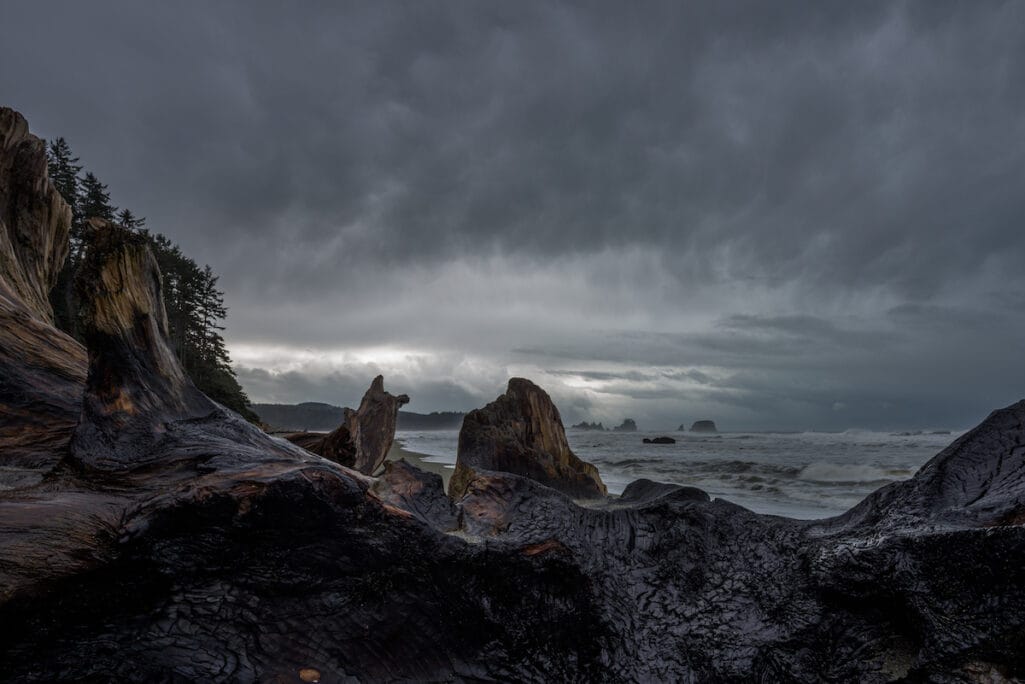
While Olympic National Park isn’t known for frequent thunderstorms, they can occur, especially in the summer. Be aware of the weather forecast, take precautions when hiking at higher elevations, and know what to do when thunderstorms are approaching.
Where can I find weather information and alerts?
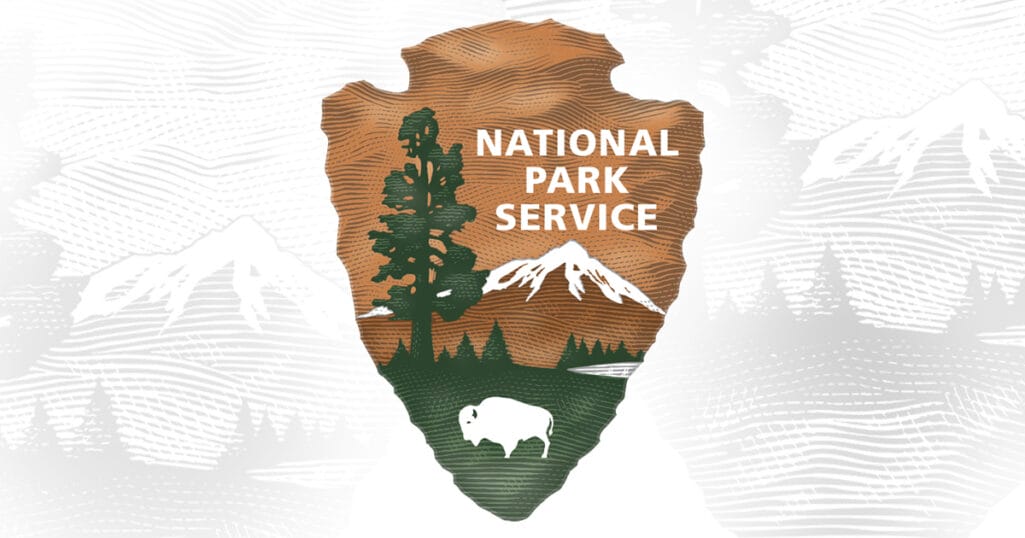
Stay updated on Olympic National Park’s weather conditions and alerts by visiting the park’s official website, checking the visitor centers, or using weather apps that cover the region.
Understanding Olympic National Park’s weather is essential for a safe and enjoyable visit. With this information, you’re now equipped to plan your trip effectively and make the most of your time exploring the natural wonders of this Pacific Northwest gem. Whether you’re hiking through lush rainforests or gazing at snow-capped peaks, the park’s ever-changing climate promises a memorable adventure.

